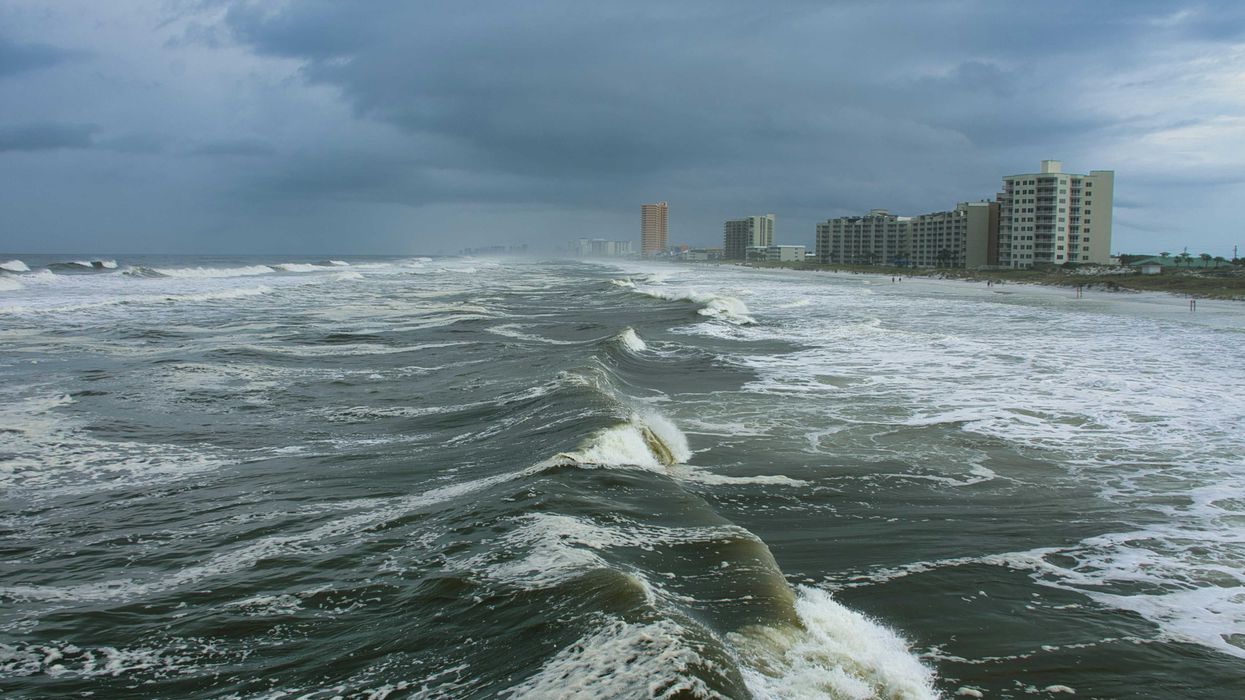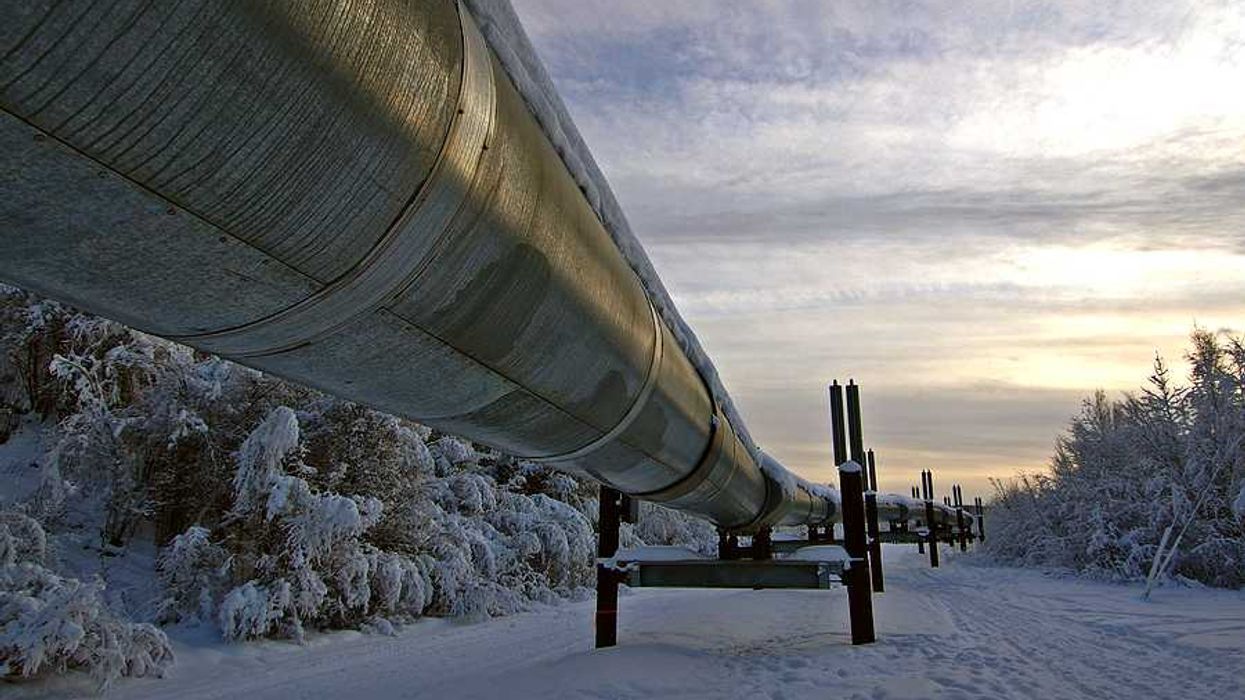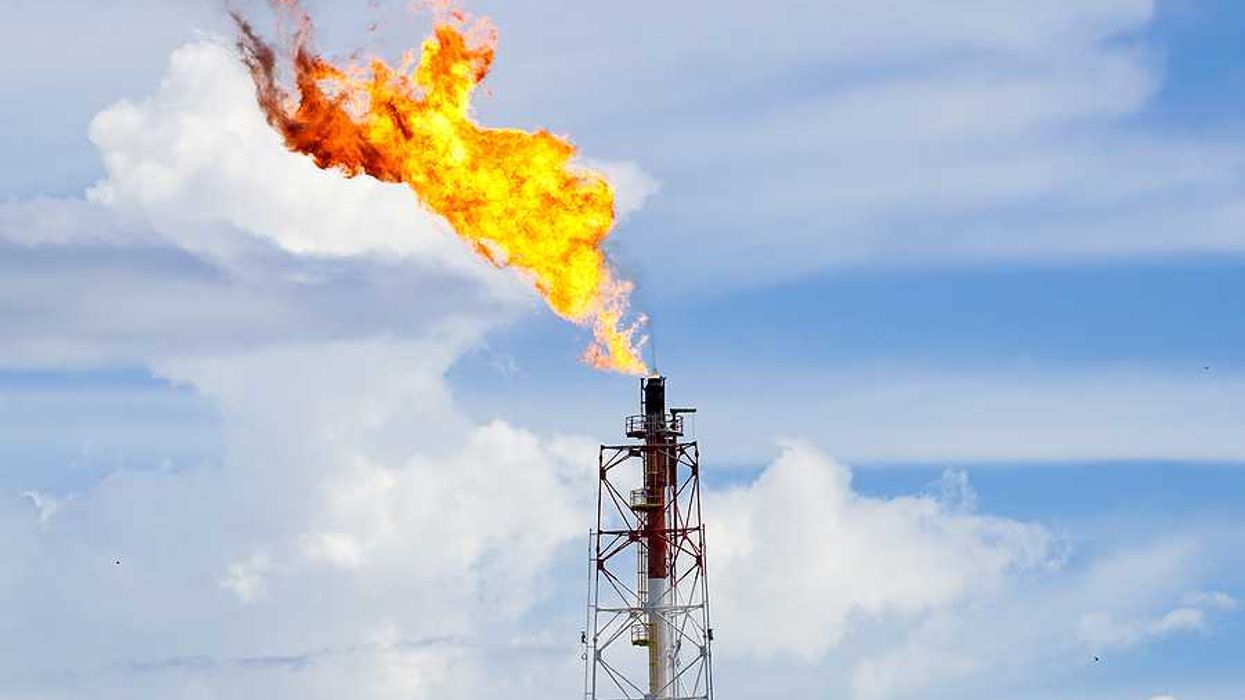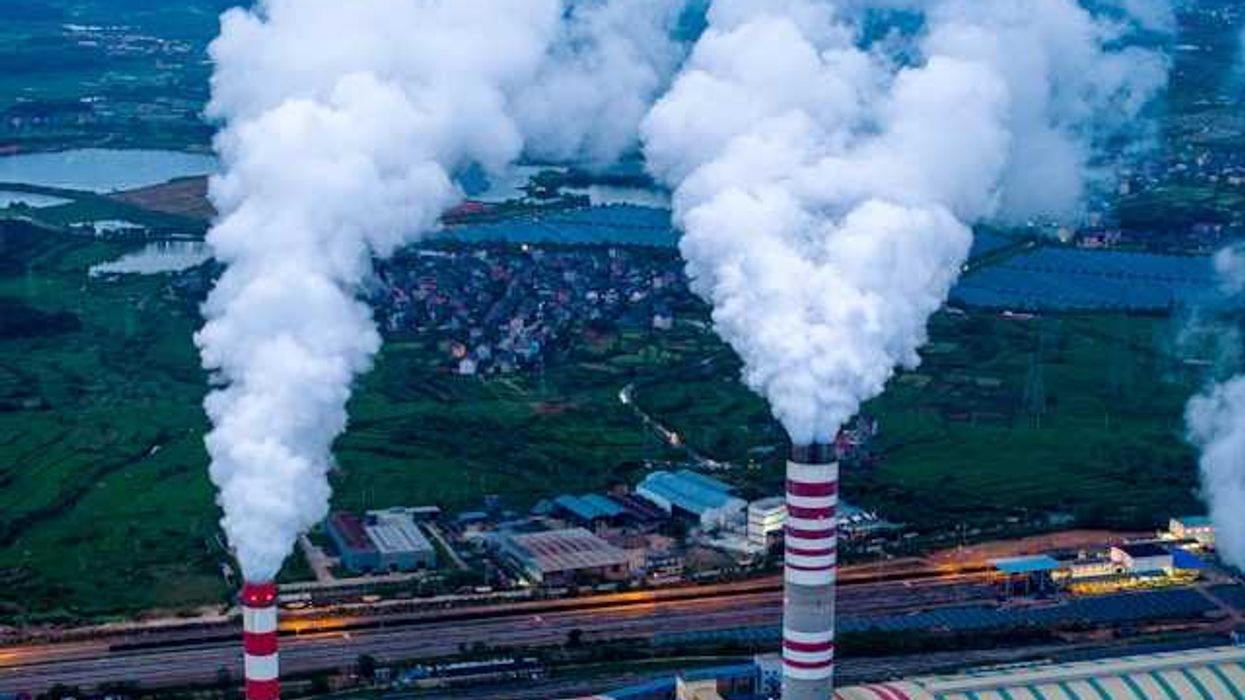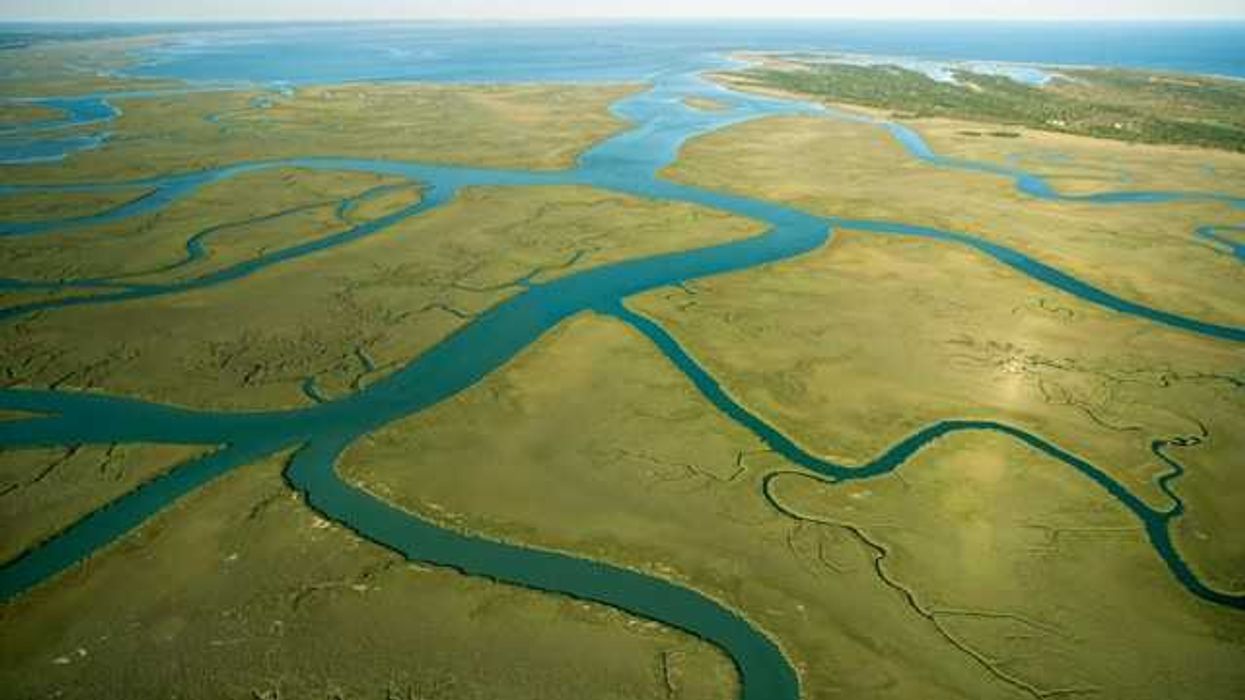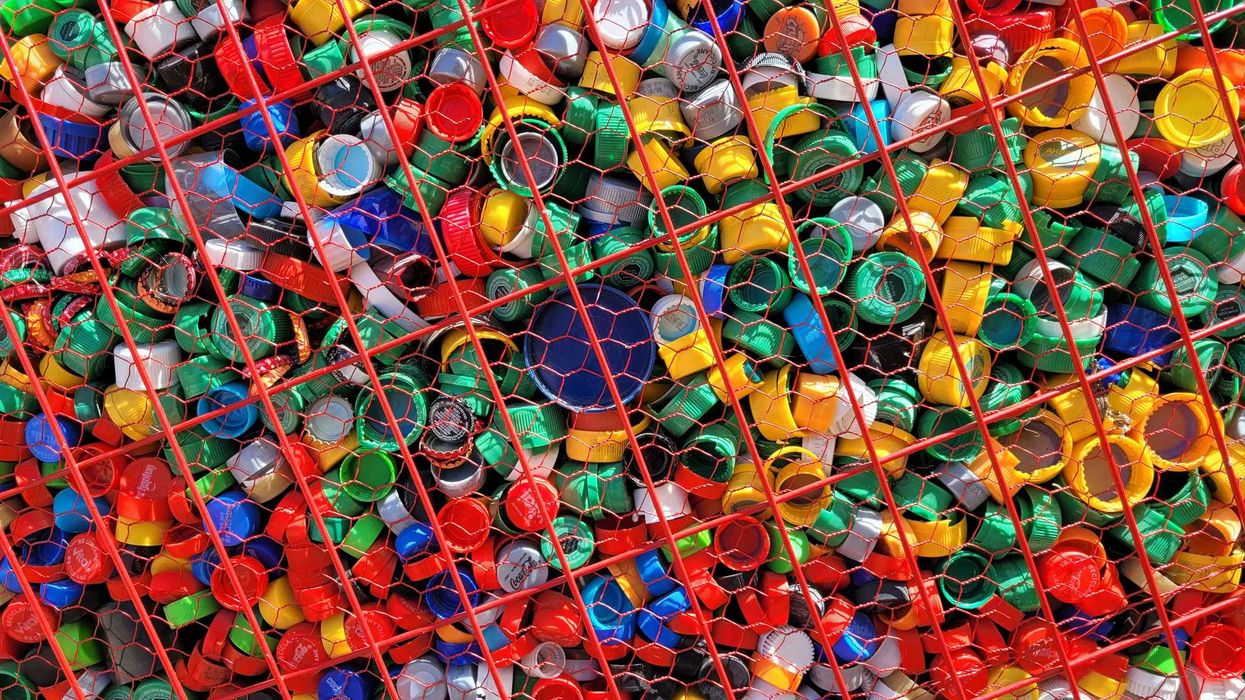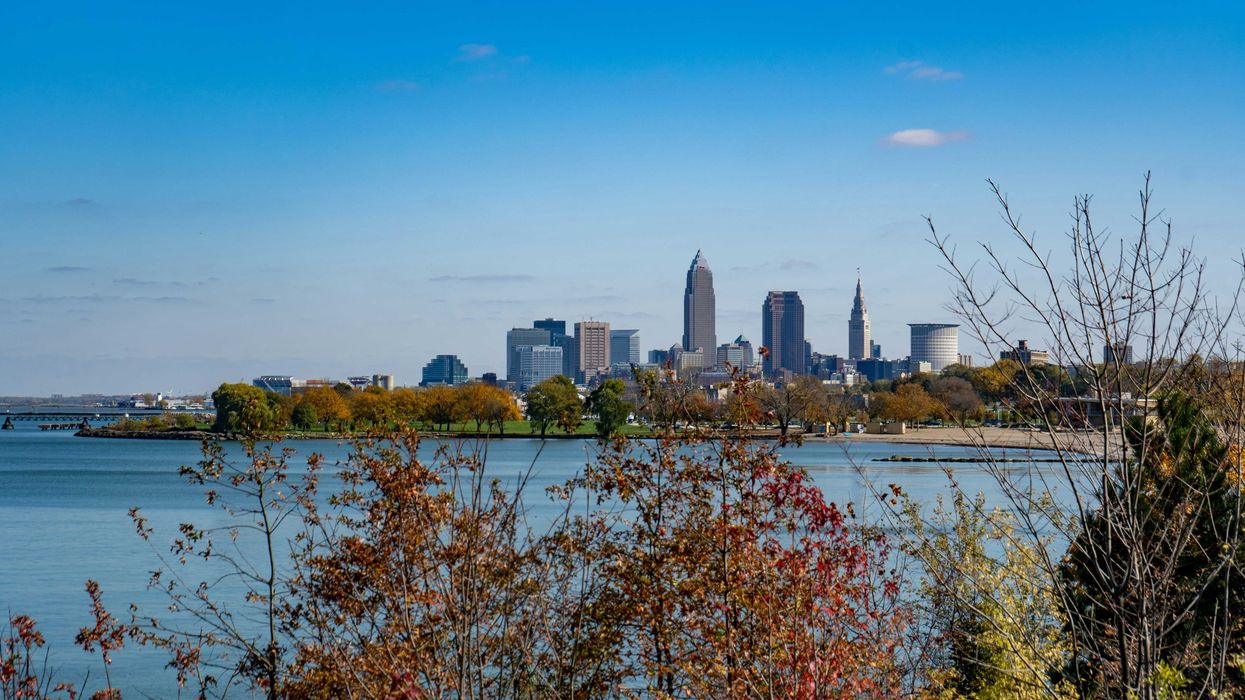Researchers are considering the role of industrial animal operations near wild waterfowl habitats in spreading avian flu.
Grey Moran reports for Civil Eats.
In short:
- Industrial farms often neighbor areas where waterfowl, like ducks and geese, reside, potentially increasing avian flu transmission risks.
- Michael Casazza noted that shrinking wetland areas might force waterfowl to crowd, raising disease transmission within these bird populations.
- Recent studies have tracked wild geese and their proximity to poultry farms, revealing frequent overlaps which could facilitate virus spread.
Key quote:
"The basic idea is that the more you concentrate animals into a small habitat, there’s probably a greater opportunity for transmission between individuals, and then the greater chance for disease spread within waterfowl."
— Michael Casazza, research biologist, U.S. Geological Survey’s Western Ecological Research Center
Why this matters:
Industrial animal farms provide a potent breeding ground for viruses, which can mutate and spread more rapidly. If wild waterfowl — natural hosts to a variety of influenza viruses — frequent these areas, they can facilitate a deadly exchange of viral strains. The concern is that as these wild birds migrate, they could carry more virulent forms of the virus across regions and continents.


